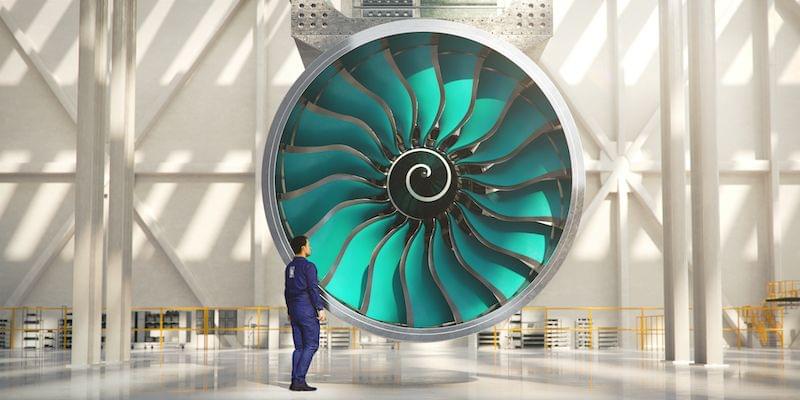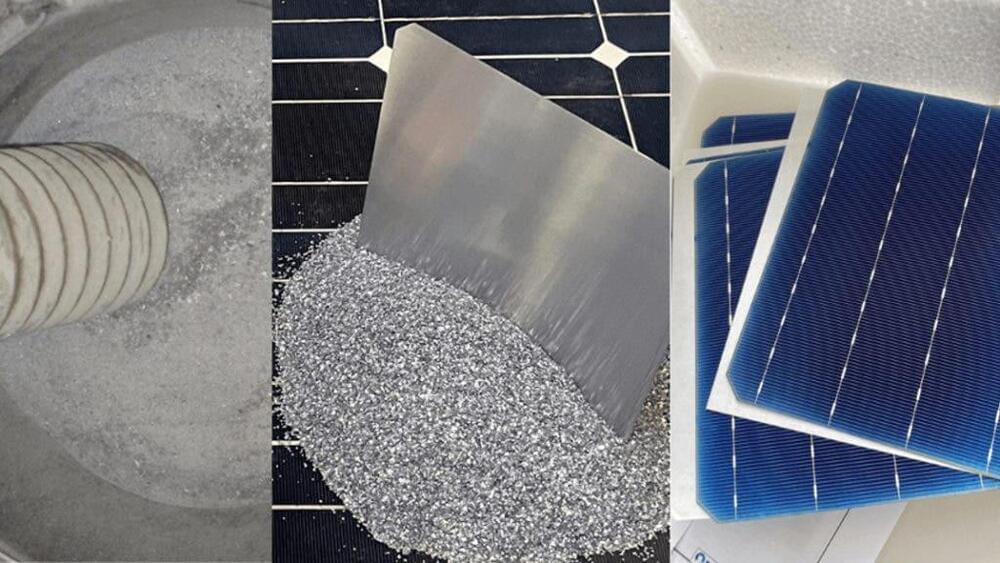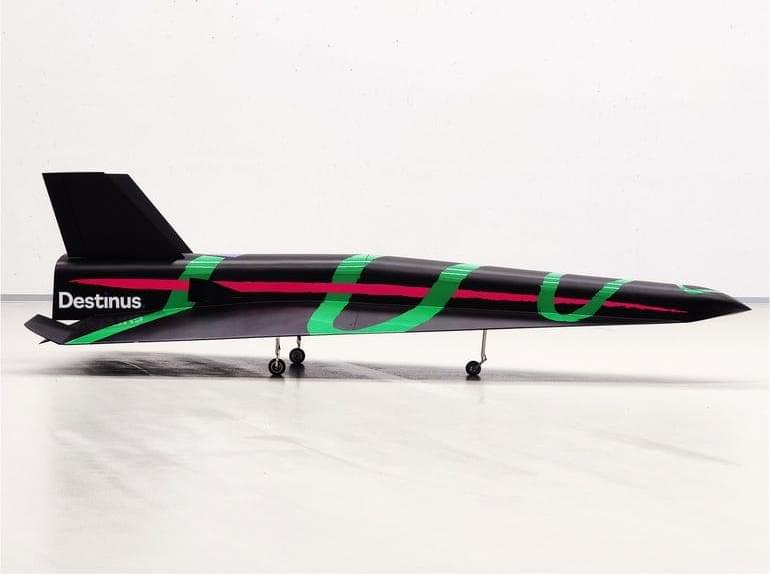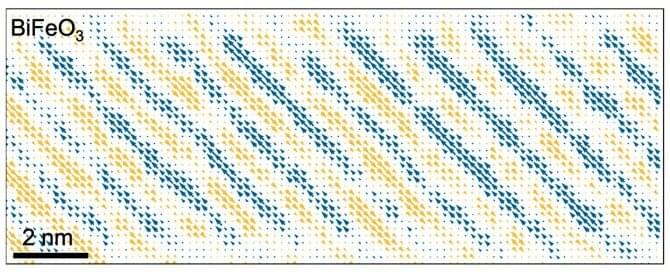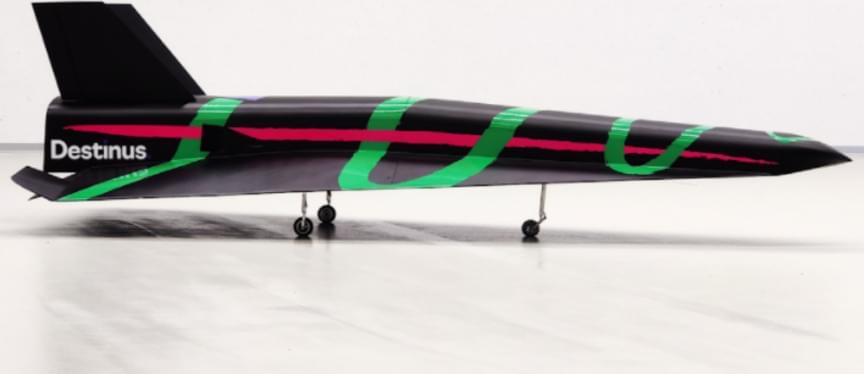We’re big fans of this big fan.
There’s a new, more fuel-efficient airliner engine on the scene, as Rolls-Royce has started work on its UltraFan aero engine. The gigantic fan engine gets 25 percent better mileage compared with its predecessor, and Rolls-Royce says it will revolutionize passenger and cargo flight around the world.
The first demonstrator engine will be finished by the end of 2021. Rolls-Royce revealed more details in a statement:
“As engine build starts, other key parts are already coming together for delivery to Derby. Work is underway on UltraFan’s carbon titanium fan system in Bristol, UK, and its 50MW Power Gearbox, which is powerful enough to run 500 family cars, in Dahlewitz, Germany.”
